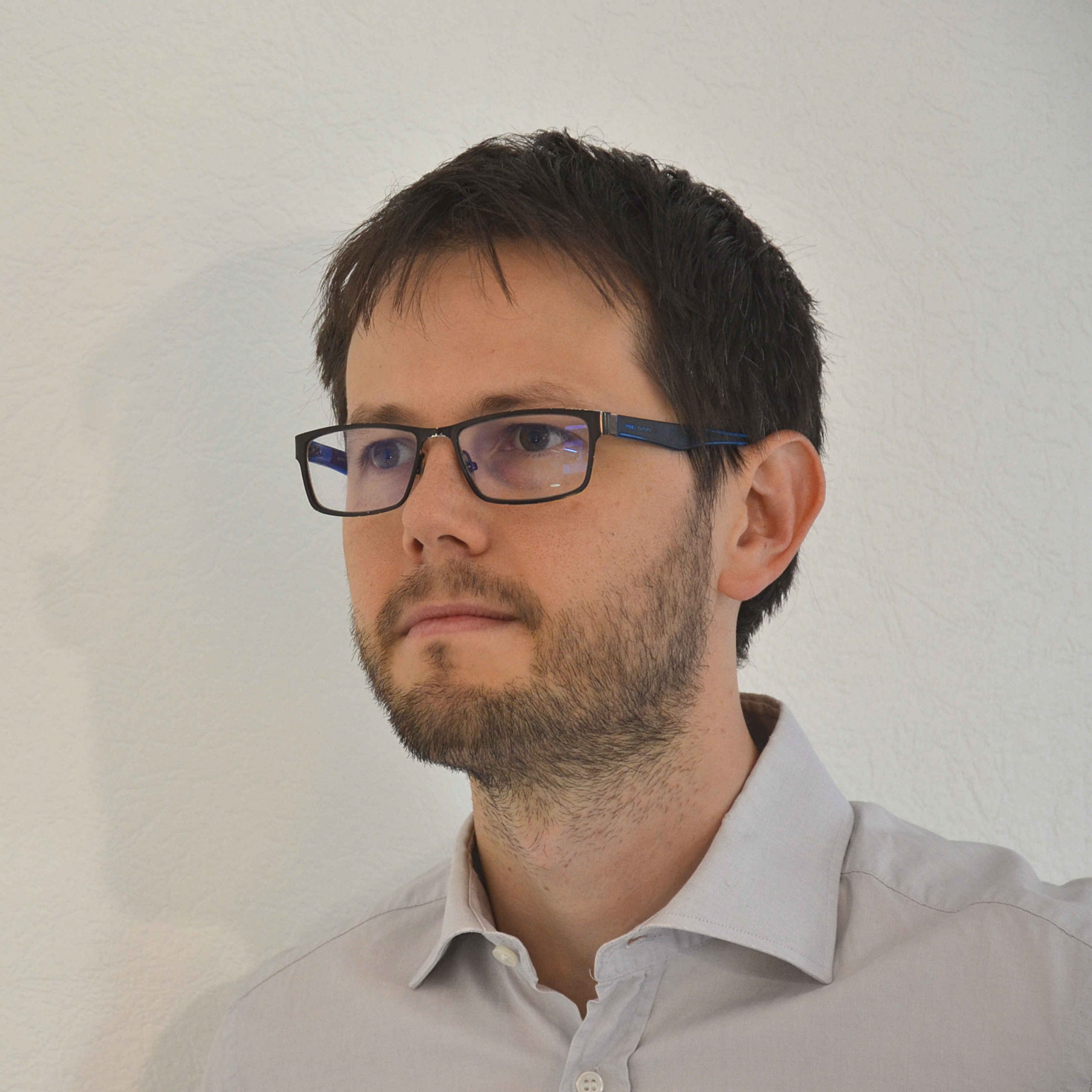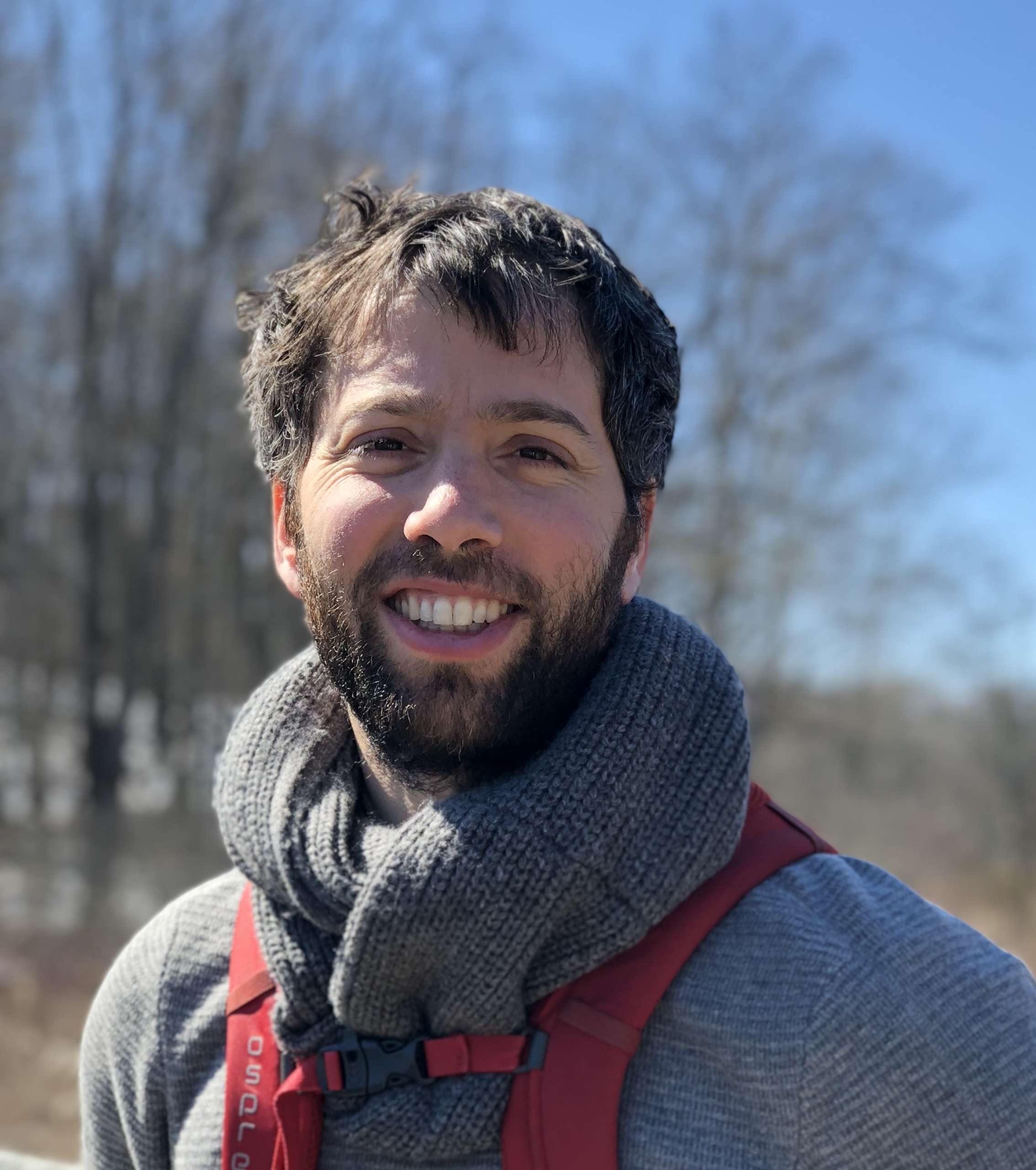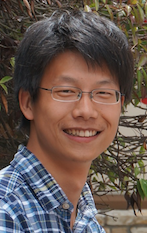
C11: News
IUPAP C11 YOUNG SCIENTIST PRIZE 2020 IN PARTICLES AND FIELDS
IUPAP C11 is happy to announce the winners of the Young Scientist Prize for 2020. This award is given to two outstanding young scientists, nominated by the international community, at the International Conference for High Energy Physics every two years. This year’s winners are Marco Lucchini of Princeton University and Benjamin Safdi of the University of Michigan.
The prizes will be awarded and the awardees will give talks on their work at the ICHEP2020 conference (http://ichep2020.org/). The award ceremony is tentatively scheduled for August 4, 2020. The conference will be online and registration is free.
The awardees are:
Marco Lucchini, Princeton University
“For his pioneering work in the development of fast crystal sensors for the precision timing of charged particles”
Marco Lucchini is a Post-doctoral Research Associate at Princeton University since 2018. He received his Ph.D at the University of Milano-Biccocca in Italy and worked as a Fellow at CERN from 2015. Since 2017 he started to lead, within the CMS experiment, detector R&D efforts for the novel Mip Timing Detector to tackle some of the challenges of the High Luminosity LHC era. He recently received a Fellini Fellowship Grant from the Italian Institute of Nuclear Physics (INFN) to develop his project (TiMe-LAPseD) on fast timing detectors with crystals and SiPMs.
and:
Benjamin Safdi, The University of Michigan
“For groundbreaking theoretical contributions to the search for dark matter, in particular the development of innovative techniques to search for axion dark matter, and to separate dark matter signals from astrophysical backgrounds.”
Dr. Benjamin Safdi is an assistant professor in the Department of Physics at the University of Michigan, Ann Arbor. His research investigates the microscopic nature of dark matter, which is currently unknown. He has helped establish pathways towards potentially discovering some of the most well-motivated dark matter candidates,
such as axion dark matter, with novel laboratory experiments and astrophysical probes. In addition, he has developed data-analysis techniques that have helped better understand how to search for signatures of dark matter in complicated astrophysical datasets. Before arriving at Michigan, Dr. Safdi was a Pappalardo Fellow in Physics at the Massachusetts Institute of Technology. He received his undergraduate degree from the University of Colorado at Boulder, a Master of Advanced Study from Cambridge University, as a Churchill Scholar, and his PhD from Princeton University.
————————————————————————
APPLICATIONS FOR HOSTING LEPTON PHOTON SYMPOSIUM 2021 & THE ROCHESTER CONFERENCE, ICHEP 2022 – NOW OPEN!
IUPAP C11, Particles and Fields, is soliciting applications from institutions interested in hosting the Lepton Photon Symposium in 2021 and the “Rochester Conference”, ICHEP in 2022.
Interested parties should contact the C11 chair – Heidi Schellman (Heidi.schellman@oregonstate.edu). Written applications will be accepted until November 1, 2018.
The application should contain information about the participating institutions, the local organizing committee, likely costs and locations and alternative funding sources. We expect to make a final decision on the location by the end of 2018.
Please see http://archive2.iupap.org/commissions/c11-particles-and-fields/c11-conference-guidelines/ for our full conference guidelines.
————————————————————————
IUPAP YOUNG SCIENTIST 2018 PRIZE IN PARTICLES AND FIELDS
C11 Young Scientist Prize 2018
The 2016 IUPAP Young Scientist Prizes for C11: Particles and Fields are:
Jaroslav Trnka, University of California, Davis
“For the discovery and exploration of new physical and mathematical principles underlying the dynamics of particle scattering amplitudes in a wide range of theories.”
Jaroslav Trnka is an Assistant Professor at the Department of Physics, University of California, Davis. He graduated from the Charles University in Prague in 2008, and received his Ph.D. from Princeton University in 2013. He was a David Ellen Lee Postdoctoral Fellow at the California Institute of Technology before moving to UC Davis as a founding member of the Center for Quantum Mathematics and Physics (QMAP). His research has been focused on the development of new methods for calculating scattering amplitudes of elementary particles.
Heather Gray, Lawrence Berkeley National Laboratory
“For her broad and creative contributions as well as leadership in performance and physics analysis in the ATLAS experiment and beyond, culminating in her strong role in the searches and initial measurements of Higgs boson interactions with quarks.”
Heather Gray received her undergraduate education at the University of Cape Town in South Africa. She then obtained her PhD from the California Institute of Technology in Pasadena in the USA in 2011. She worked as a fellow and a research staff scientist at CERN in Switzerland until 2017. She is currently a Divisional Fellow in the physics division at Lawrence Berkeley Laboratory in the USA. She has been a member of the ATLAS collaboration since 2006. Her research program includes studying the coupling of the Higgs to fermions, track reconstruction algorithms and performance, detector simulation and silicon pixel detectors.
———————————————————————
IUPAP YOUNG SCIENTIST 2016 PRIZE IN PARTICLES AND FIELDS
C11 Young Scientist Prize 2016
The 2016 IUPAP Young Scientist Prizes for C11: Particles and Fields are:
Stefan Hoeche
“For developing high precision Monte Carlo simulations of events at hadronic colliders”
Stefan Hoeche received his Diplom in 2004 from the Dresden University of Technology, and his Ph.D. in 2008 from Durham University. After a postdoctoral appointment at the University of Zurich, he moved to SLAC National Accelerator Laboratory where he is now a Staff Scientist. His professional career has been devoted to providing more accurate simulations of the complex scattering events that take place when two high energy hadrons collide, such as at the Large Hadron Collider. Such simulations are essential to experimentalists for precision measurements of Higgs boson couplings as well as in the search for new physics. He has produced simulations that are accurate to next-to-next-to-leading order in the strong coupling constant for benchmark processes such as Higgs production and W and Z boson production. He has also shown how to construct simulations that are accurate to next-to-leading order, even for events with additional jets within the same sample. He recently developed a novel parton shower formalism which has significantly improved behavior compared with previous ones. His work sets the standards for the precision calculations and simulation tools used at the LHC today.
Liangjian Wen
“For his original contributions to the physics of neutrinos, and in particular, to the discovery of the non-zero neutrino mixing angle q13”
Dr. Liangjian Wen is an Associate Research Fellow at the Institute of High Energy Physics (IHEP), Chinese Academy of Sciences, Beijing. He graduated from the University of Science and Technology of China (USTC) in 2005, and received his Ph.D. from IHEP in 2010. He has worked on the measurement of θ13 at Daya Bay experiment, on the search of neutrino-less double beta decays (0nbb) with EXO-200/nEXO, and on the determination of the neutrino mass hierarchy (MH) with JUNO.
Dr. Liangjian Wen made major contributions to the discovery of non-zero θ13 at the Daya Bay reactor neutrino experiment, spanning from the design, construction and commissioning of the detector to the software and data analysis. In particular, he developed a new energy calibration scheme, an energy response model, and novel methods to reject backgrounds and determine systematics, which led to the rapid and precise measurement of θ13 .
————————————————————————
C11 Young Scientist Prize 2014
The 2014 IUPAP Young Scientist Prizes for C11: Particles and Fields were awarded during the 37th International Conference on High Energy Physics held from 2-9 July 2014, in Valencia, Spain, to:
- Claude Duhr [University of Durham, UK],”For his outstanding contributions to elementary particle theory, in particular, to formal developments in quantum field theory and their applications to precision calculations in collider phenomenology.”, and
- Kerstin Tackmann [DESY],”For her outstanding contributions to experimental high energy physics, in particular, to the discovery of the Higgs via its gamma gamma decay mode with the ATLAS experiment.”
 IUPAP: The International Union of Pure and Applied Physics
IUPAP: The International Union of Pure and Applied Physics




